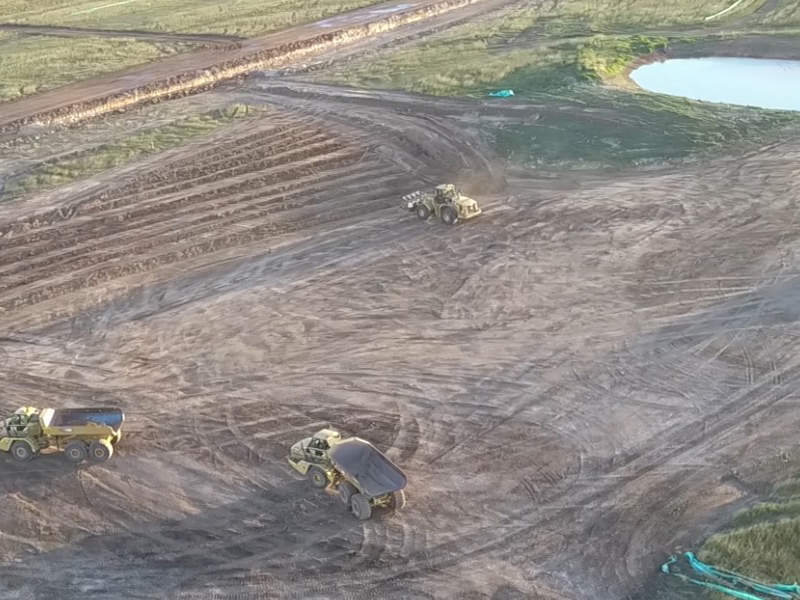
WaterNSW, a state-owned company responsible for regulating and monitoring water quality in the Australian state of New South Wales, has submitted a report to the Independent Expert Panel for Mining in the Catchment (EPMC), highlighting “key concerns” about the impacts of coal mining on the availability of drinking water in the region.
This is WaterNSW’s second report on the issue, which concerns the impacts of mining on water quality and availability in the Metropolitan and Woronora “Special Areas” of New South Wales. The latest report follows a similar document written in May 2018 and an investigation by the EPMC in response to the initial WaterNSW report.
Mining operations can create cracks in the ground beneath and around bodies of water, allowing water to drain from the surface of the earth into the ground. This phenomenon is particularly pronounced at larger operations, where intense mining can create large cracks that stretch closer to the surface of the earth, and in longwall coal mining, where cracks form alongside the excavated wall. Two coal mines in the affected area, South32’s Dendrobium operation and Peabody’s Metropolitan mine, are both underground operations using longwall mining techniques, amplifying the effects of cracking and water loss.
The EPMC investigation found that surface water loss attributable to coal mining in New South Wales could have reached up to 1.28 billion litres per annum by 2018, considerably higher than the 830 million litres per annum lost between 2010 and 2016. The figures are also much higher than the maximum loss of 690 million litres per annum predicted by Australian hydrological modelling company HydroSimulations.
“Based on recent observations and inspections, WaterNSW considers that there is evidence that mining-related impacts and consequences on other environment features at Dendrobium have exceeded predictions,” said the company in the report. “While each of the exceedances of predictions at these mines in isolation may not be considered significant, the accumulation of multiple unexpected mining impacts is a growing concern for WaterNSW, particularly given the sensitive nature of the Special Areas.”
South32 completed its own investigation into groundwater losses as a result of mining operations, and found that just 400,000 litres per day were lost from Lake Avon in New South Wales. This is equivalent to 146 million litres per annum, around one-tenth of the impact estimated by WaterNSW, a discrepancy which the company says is the result of the difficulty of predicting groundwater damage.
“The continued exceedance of predictions demonstrates the fundamental uncertainties associated with assessing potential impacts of mining in this environment,” said WaterNSW in its report.
The company makes a number of recommendations to minimise future damage, including reducing reliance on remediation as a means to offset environmental damage, and requiring mining companies to make plans to reduce the impacts on groundwater to “negligible” levels to be awarded mining permits. WaterNSW also calls for the restriction of longwall mining at two sections of the Dendrobium mine, and four areas of the Metropolitan mine, to limit the damage caused by these operations.



